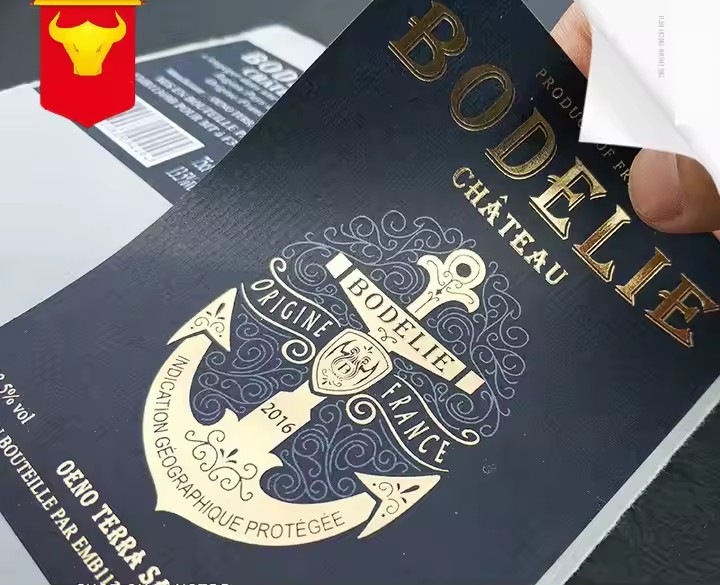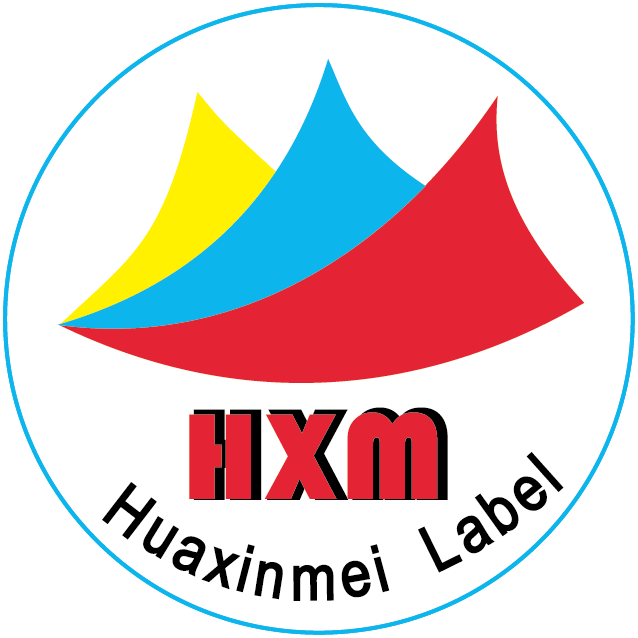Design Stage
Requirement Communication: Have in – depth communication with customers to understand their specific needs regarding label usage scenarios, functional requirements, size specifications, color combinations, text content, and pattern designs. For example, if a customer needs to design a label for a cosmetic bottle, they may require the label to be waterproof and oil – resistant, and have specific regulations on colors and patterns according to the brand style. Before starting the label design, communicate with the production team within the company. Discuss any special requirements for the design style and patterns. Design these details according to customer needs to enhance the stickiness of the cooperation through attentive service.
Creative Design: Based on customer requirements, professional designers carry out creative design. Use design software such as Adobe Photoshop and Illustrator to draw the initial draft of the label, including overall layout, pattern design, and text typesetting. When doing creative design, designers can refer to the design ideas of peers to make the designed product as perfect as possible and more recognizable. Only products with high recognition can be remembered by consumers.
Design Confirmation: Submit the initial design draft to the customer. Make modifications and adjustments according to the customer’s feedback until the customer is satisfied and finally confirms the design plan. After discussing the design plan, it must be confirmed before production. If there are any issues with details such as colors, patterns, and styles, consult the customer. After obtaining the customer’s consent, start the production of the product directly.

Plate – making Stage
Plate – making Preparation: Determine the type and process of plate – making according to the final confirmed design document, such as using relief, intaglio, planographic, or flexographic plate – making methods. Different printing processes and materials may require different plate – making methods. For example, flexographic plate – making is often used for the printing of self – adhesive labels, which has the advantages of low cost and environmental friendliness. Prepare some samples for production, and then produce based on these samples. The advantage of this is that it can reduce waste. If production starts without sample preparation, it will waste materials.
Plate Making: Make the printing plate using professional plate – making equipment and materials according to the selected plate – making process. For example, in flexographic plate – making, transfer the design pattern to the flexible plate material through methods such as laser engraving or chemical etching to make a printing plate that can be used for printing.
Plate Quality Inspection: Inspect the quality of the made printing plate, including indicators such as the clarity, accuracy, and depth of the pattern, to ensure that the plate quality meets the printing requirements.
Printing Stage
Material Preparation: Select suitable printing materials according to the label’s design requirements and usage scenarios, such as paper, film, synthetic materials, etc. At the same time, prepare the corresponding ink or inkjet ink to ensure that its color and performance meet the printing quality standards.
Printing Equipment Adjustment: Adjust the parameters of the printing equipment according to the characteristics of the printing plate and printing materials, such as printing speed, pressure, and ink supply. Conduct a trial print to check the printing effect, such as whether the color is accurate, the pattern is clear, and the overprinting is accurate. Further adjust the equipment parameters according to the trial – print results.
Formal Printing: After the equipment is adjusted and the trial – print effect is satisfactory, start the formal printing production. During the printing process, the operator should closely monitor the printing quality and promptly handle possible problems such as ink blockage and paper jams.
Post – processing Stage
Die – cutting: According to the shape and size requirements of the label, use die – cutting equipment to process the printed material, cutting it into individual label shapes. Die – cutting methods include flat – bed die – cutting and rotary die – cutting, which can be selected according to production efficiency and accuracy requirements.
Lamination: To improve the abrasion resistance, waterproofness, and gloss of the label, carry out lamination treatment on the label. Different types of films such as glossy film and matte film can be selected, and the film is bonded to the label surface through lamination equipment.

Hot Stamping (Gold / Silver): If the label design has special process requirements such as hot stamping gold or silver, use hot – stamping equipment to stamp the metal foil onto the label to increase the beauty and texture of the label.
Special Treatments such as Punching / Stringing: According to the special needs of customers, carry out additional processing on the label, such as punching, stringing, or applying double – sided tape, to meet different usage scenarios and functional requirements.
Inspection and Packaging Stage
Quality Inspection: Conduct a comprehensive quality inspection of the produced custom – made labels, including appearance inspection (such as scratches, bubbles, stains, etc.), size accuracy inspection, accuracy inspection of patterns and text, and performance testing (such as adhesiveness, waterproofness, etc.). Use sampling inspection or full inspection methods to ensure that the product quality meets customer requirements and industry standards.

Packaging and Warehousing: Package the inspected – qualified labels according to customer requirements, which can be packaged in cartons or plastic bags. Mark information such as product name, specification, quantity, and production date on the package, and then store it in the warehouse for delivery. After packaging and warehousing, check the quantity of relevant products to avoid negative impacts caused by negligence.


